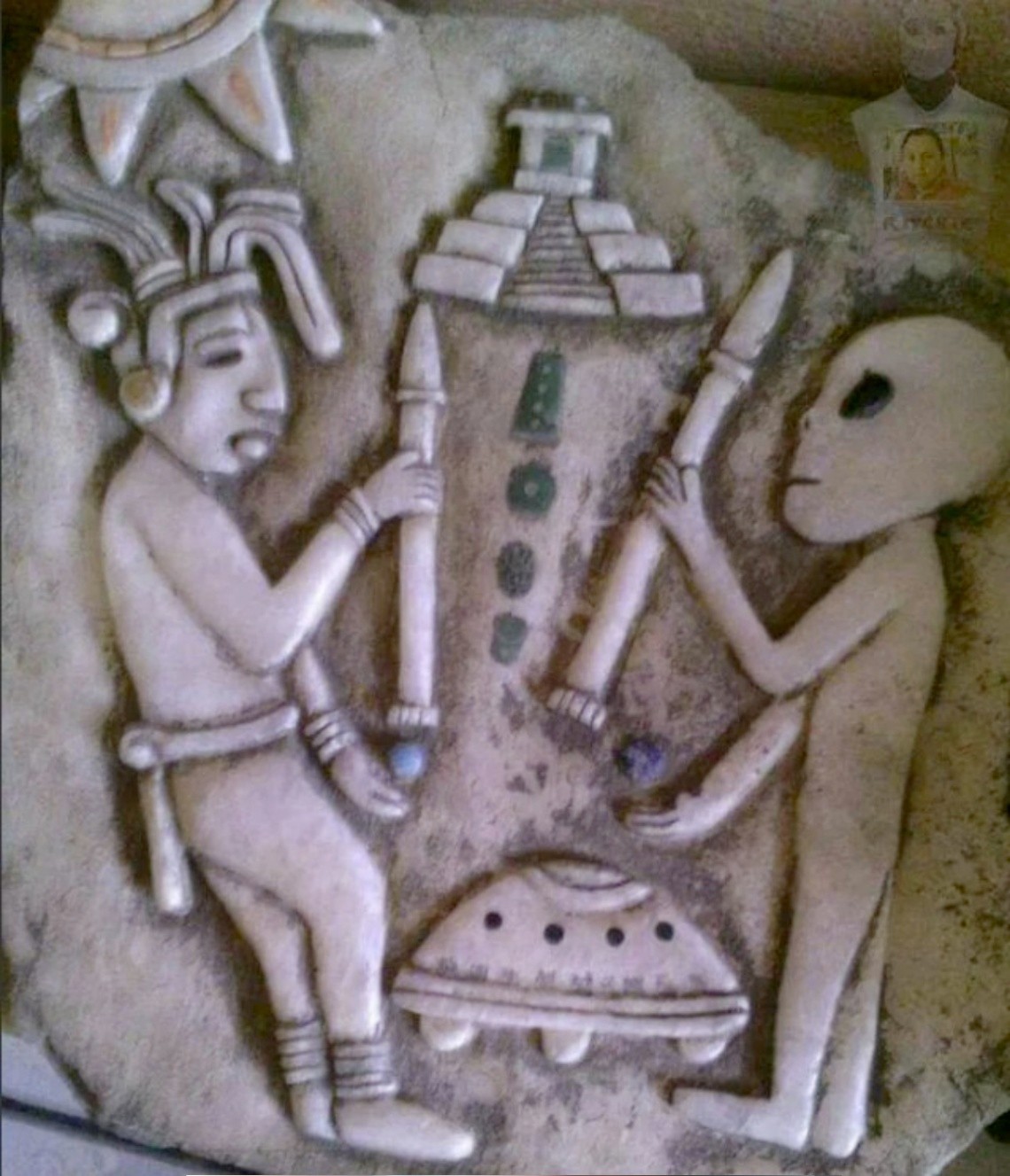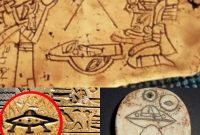The fascination with ancient civilizations has always been intertwined with the intrigue of their technological prowess. From the grandeur of the pyramids of Giza to the precision of Stonehenge, these ancient marvels continue to baffle modern scholars and researchers. However, recent discoveries and re-examinations of ancient texts and artifacts have led to a provocative hypothesis: that ancient civilizations may have possessed advanced aerospace technology, allowing them to achieve feats that were once thought impossible. This comprehensive exploration will delve into the compelling signs and evidence suggesting that ancient civilizations were capable of creating advanced aerospace technology, pushing the boundaries of human achievement far beyond what was previously believed possible.
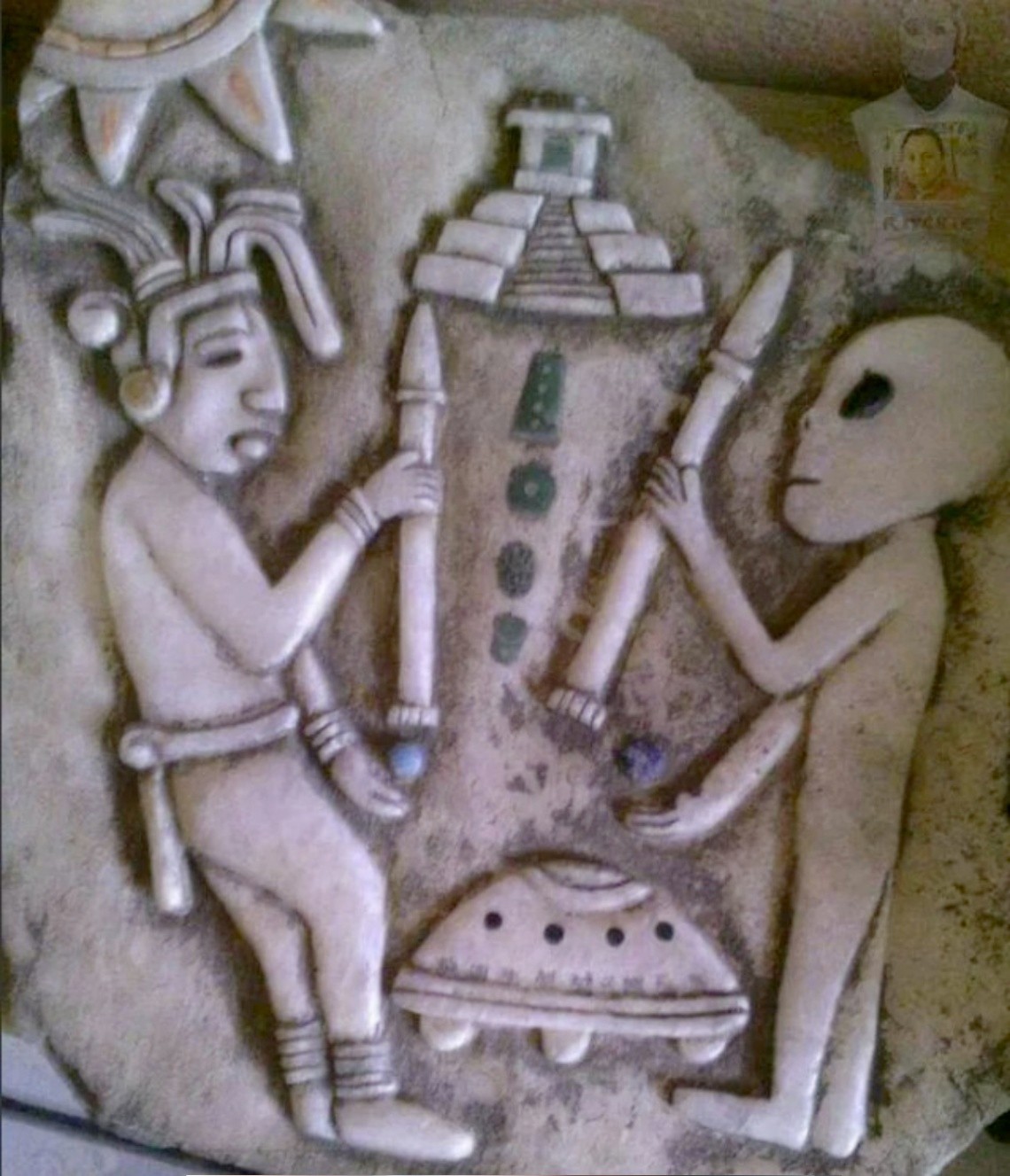
The ancient world is littered with enigmatic structures and alignments that defy conventional explanations. Perhaps the most iconic of these structures are the pyramids of Egypt, built with astonishing precision and alignment with the cardinal points. The Great Pyramid of Giza, in particular, exhibits mathematical and engineering sophistication that has puzzled scholars for centuries. Its precise alignment with true north and its complex internal passages hint at a level of architectural knowledge that far surpasses what was commonly attributed to ancient civilizations. Moreover, the pyramids’ association with celestial phenomena, such as the alignment of the Great Pyramid’s entrance shaft with the constellation of Orion, suggests a deeper understanding of astronomy and perhaps even a connection to advanced aerospace technology.
But Egypt is not the only ancient civilization to leave behind puzzling structures. In South America, the Inca citadel of Machu Picchu stands as a testament to the engineering prowess of its builders. The intricate stone masonry and precise alignment of the structures with astronomical events indicate a sophisticated understanding of mathematics and astronomy. Similarly, the megalithic site of Stonehenge in England exhibits alignments with the solstices and equinoxes, suggesting a purpose beyond mere ceremonial use. These enigmatic structures and alignments hint at a level of technological sophistication that challenges our understanding of ancient civilizations.
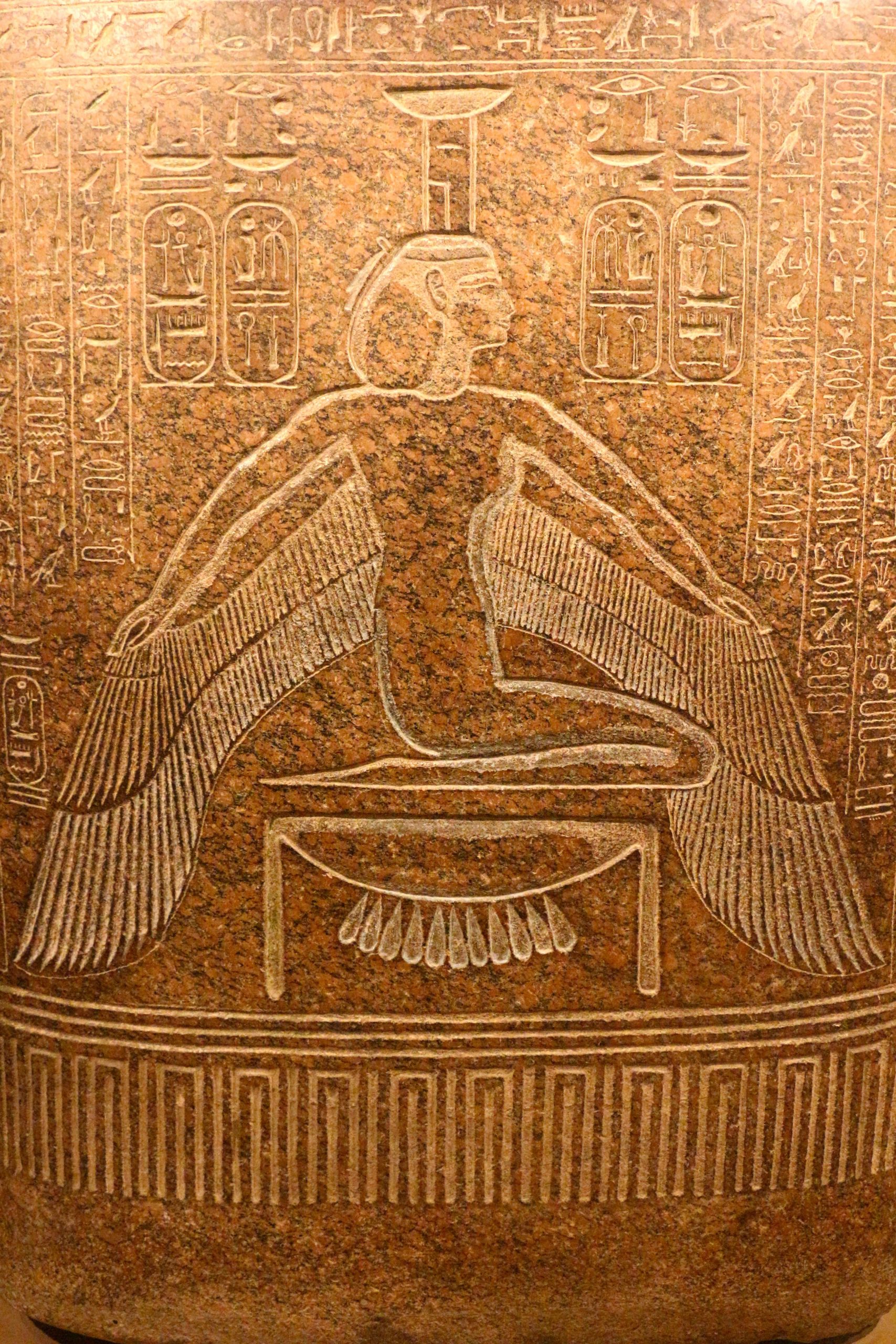
In addition to architectural marvels, ancient artifacts and depictions provide further evidence of advanced aerospace technology in ancient civilizations. One of the most intriguing examples comes from Colombia’s El Dorado, where gold artifacts depicting winged figures bear a striking resemblance to modern aircraft. These artifacts, crafted with remarkable precision and attention to detail, suggest a familiarity with aerodynamics and flight that is difficult to reconcile with the technological capabilities of the time. Similarly, the Nazca Lines in Peru feature giant geoglyphs that can only be fully appreciated from the air. Some of these geoglyphs depict animals and geometric shapes that closely resemble modern aircraft and spacecraft, leading some researchers to speculate that they may have served as landing sites or navigation aids for advanced flying machines.
Ancient texts and oral traditions from cultures around the world contain numerous accounts of encounters with otherworldly beings or flying machines. In the ancient Indian text known as the Mahabharata, for example, there are detailed descriptions of flying vehicles called Vimanas, which were said to be capable of traveling vast distances and even traversing the depths of space. Similarly, ancient Sumerian texts speak of gods descending from the heavens in fiery chariots, suggesting a familiarity with advanced aerospace technology. These accounts, while often dismissed as myth or legend, provide tantalizing glimpses into the possibility that ancient civilizations may have possessed knowledge of aerospace technology far beyond what was commonly believed.
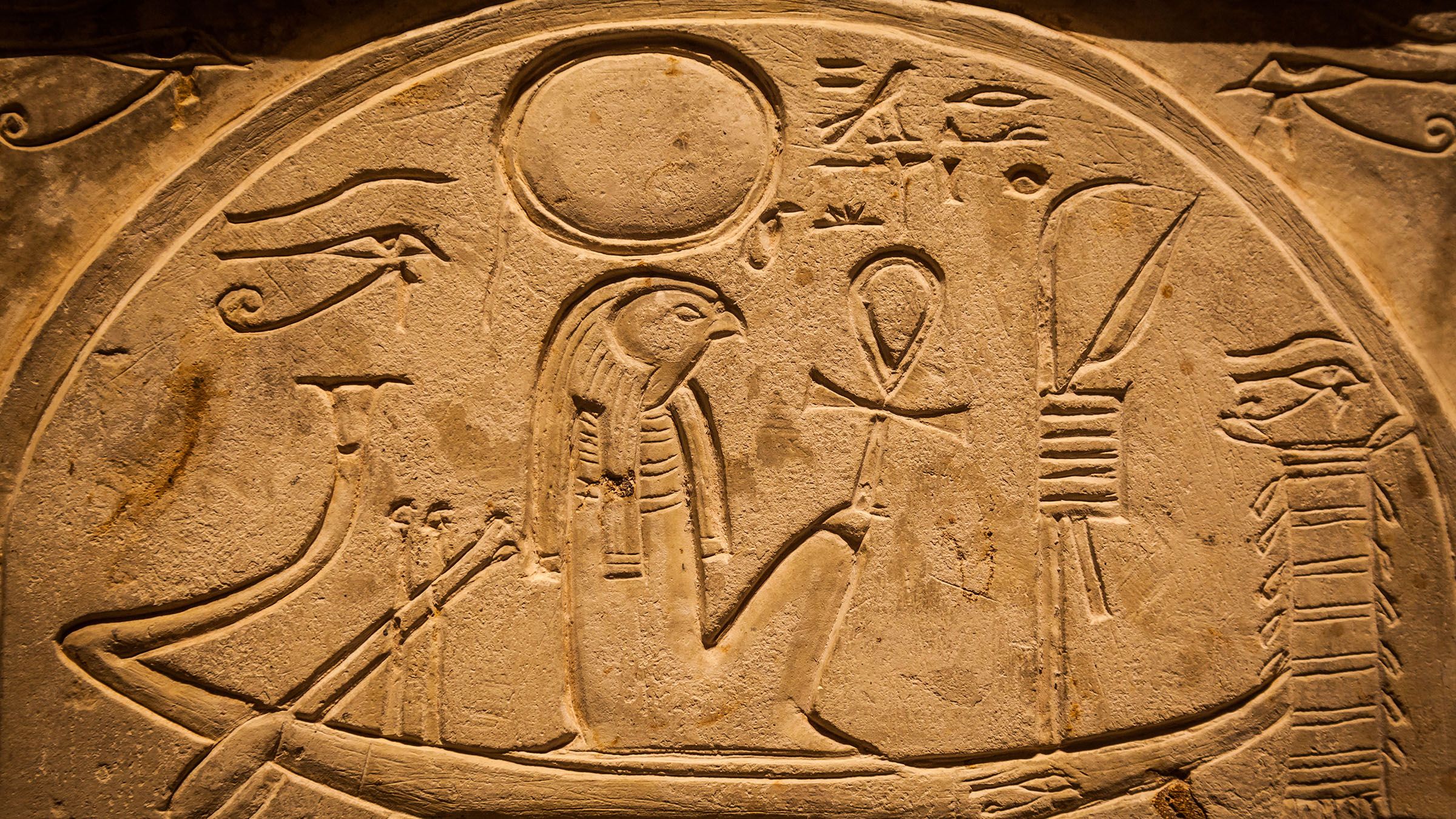
Advanced Mathematical and Astronomical Knowledge: Ancient civilizations demonstrated a remarkable understanding of mathematics and astronomy, which are essential components of aerospace technology. The Maya, for example, developed a highly accurate calendar system based on complex mathematical calculations and astronomical observations. Similarly, the ancient Egyptians were able to accurately predict celestial events such as eclipses and solstices, indicating a sophisticated understanding of the movements of the stars and planets. These mathematical and astronomical achievements suggest a level of scientific knowledge that may have been utilized in the development of advanced aerospace technology.
The signs pointing to advanced aerospace technology in ancient civilizations are compelling and thought-provoking. From enigmatic structures and artifacts to ancient texts and mathematical knowledge, there is mounting evidence that ancient cultures may have possessed a level of technological sophistication that has long been overlooked. While the idea of ancient flying machines may seem like science fiction to some, the evidence presented here suggests that our ancestors may have been far more advanced than previously thought. As our understanding of ancient civilizations continues to evolve, it is becoming increasingly clear that the mysteries of the past may hold the key to unlocking the technological secrets of the future.

